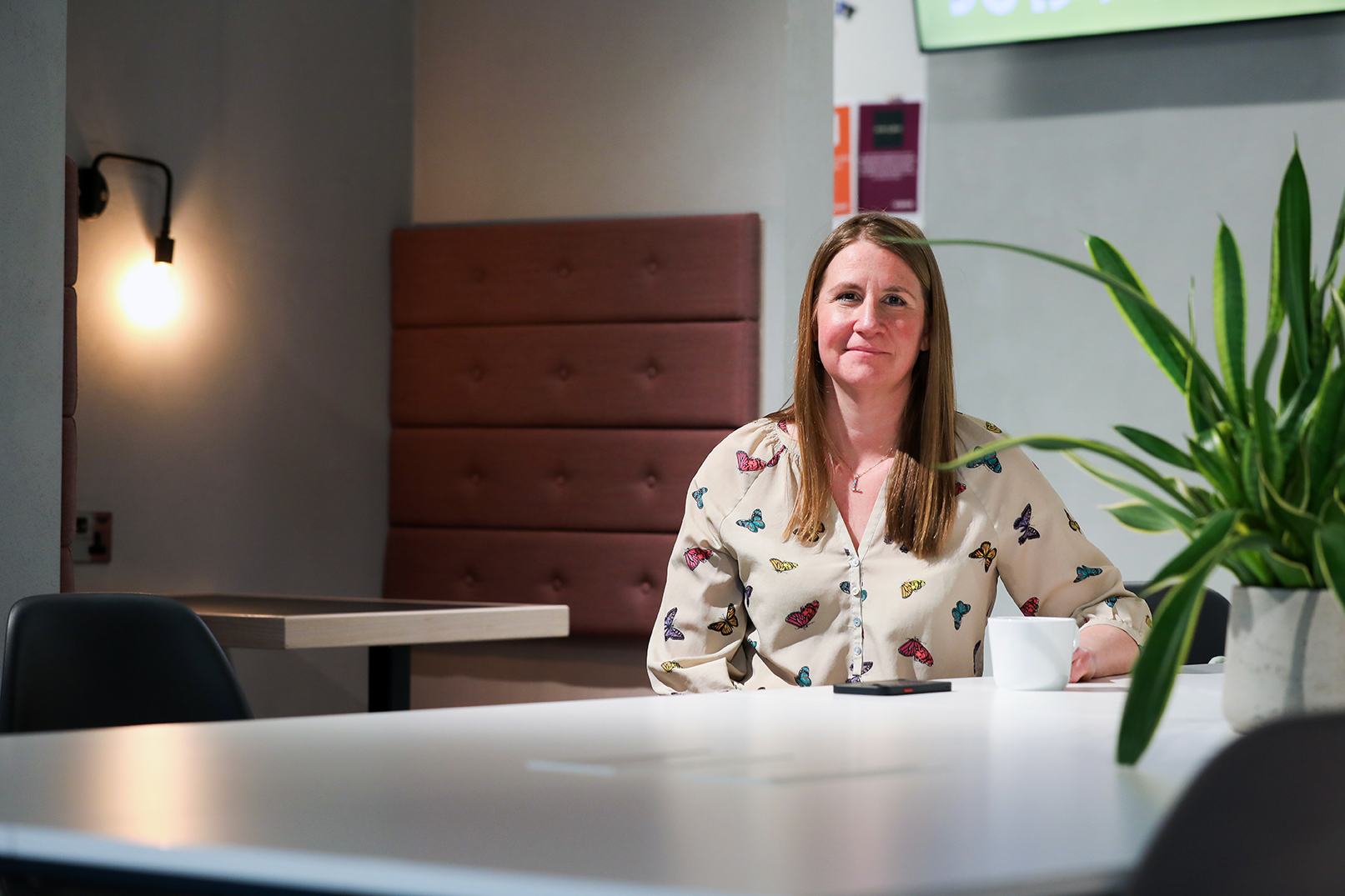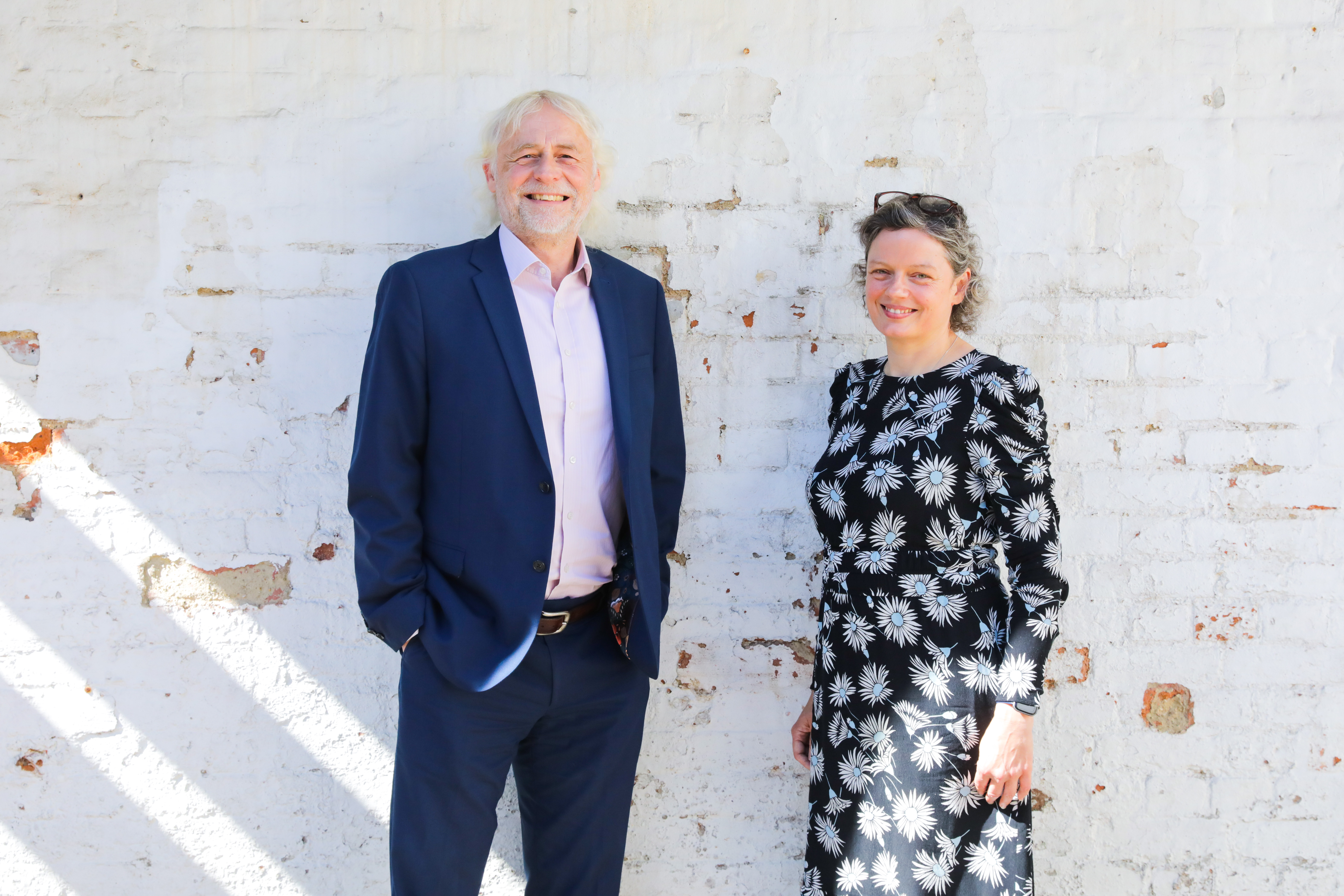When it comes to sustainability and reaching net zero, the world-renowned University of Oxford faces the same learning curve and challenges as other institutions - and landlords.
Subscribe to Commercial Journal to receive content like this directly to your inbox

ISSUE 04 | SEPT 2023
“We are a research-intensive university and will continue to be; the nature of that means we produce a lot of carbon, so the challenge for us is probably greater than some of the smaller teaching-based institutions”

UP NEXT:
National Commercial Development
Tenacity, technology, and development opportunities

Paul Goffin, University of Oxford
SUBSCRIBE

Paul Goffin
EMAIL PAUL
SUBSCRIBE

Low-hanging fruit and difficult decisions:
CONTACT:

University of
Oxford’s lessons in reducing carbon
How do you reduce the carbon emissions on a substantial portfolio, which includes buildings ranging from listed and historic to new and everything in between? Particularly when some of the buildings are used for energy-intensive research activities.
A lot of the historic buildings he describes as “solidly built” and still fit for purpose, while others lend themselves to other uses. And while there are restrictions on what work can be carried out on listed buildings, improvements can still be made.
“You can't necessarily go replacing the leaded light windows with double glazing, but you can insulate the roof spaces where there's no insulation,” explains Goffin. “A lot of these buildings, once they get warm, stay warm, but they don't get annoyingly hot like some newer buildings do in hot temperatures.”
This means less need for fans or supplementary heating. Other improvements include switching to LED lights and more efficient boilers while exploring low-carbon alternatives.
The sustainability strategy is more complex than many institutes because of how some buildings are used.
“We are a research-intensive university and will continue to be; the nature of that means we produce a lot of carbon, so the challenge for us is probably greater than some of the smaller teaching-based institutions,” he says.
Comparable data is key, she adds because when it comes to sustainability, initial instincts about what is greener can be wrong.
And like most tackling carbon reduction on a large portfolio, the “low-hanging fruit” has mostly been picked. “What we do next is probably going to be fairly big and hopefully game-changing for the University,” says Goffin.




Scope 3 emissions – i.e. those that are not produced by the University itself and are not the result of activities from assets owned or directly controlled - is the next area to tackle. Waters admits that the data it has, is particularly poor compared to scope 1 and scope 2 data; out of the 1000s of suppliers, only a handful can provide full carbon data.
“It's one of those things where you’ve got to start asking the question, even if it can’t be answered now,” says Waters.
Read more:
SUBSCRIBE

SUBSCRIBE

Sustainability of the Office
The future of UK’s
office stock

“Having the strategy in place documenting what the University is aiming for is putting a flag in the sand, and it focuses attention on what you are trying to do.”
Harriet Waters, University of Oxford



ISSUE 04 | OCT 2023


SUBSCRIBE

UP NEXT:
SUBSCRIBE

Subscribe to Commercial Journal to receive content like this directly to your inbox


“It's one of those things where you’ve got to start asking the question, even if it can’t be answered now”
Harriet Waters, University of Oxford
Harriet Waters
EMAIL HARRIET

National Commercial Development
Tenacity, technology, and development opportunities

Sustainability of the Office
The future of UK’s
office stock

Read more:
SUBSCRIBE

SUBSCRIBE

National Commercial Development
Tenacity, technology, and development opportunities

Sustainability of the Office
The future of UK’s
office stock



The UK Government’s target of reaching net zero by 2050 prompted the University to develop a sustainability strategy, but while the response from students and stakeholders was overwhelmingly positive, the timeline was deemed too slow. The message was clear: It needed to ‘set an example’.
“It helped to underline the need for a more ambitious approach to sustainability, and that's exactly what we did,” says Harriet Waters, Head of Environmental Sustainability at the University of Oxford.
Using data from 10 years of existing carbon reduction activity, the strategy was updated with a new net zero target by 2035 with an added target for net biodiversity gain.
While 20% of the portfolio is listed, it isn’t necessarily the historic buildings that are the worst offenders for energy efficiency and operational carbon. “Our 60s and 70s buildings are pretty challenging,” says Paul Goffin, Director of Estates at the University of Oxford.


This raises the question of when a new replacement building becomes the more sustainable option as well as more efficient to use when compared to refurbishing a poor-performing building.
There isn’t an industry-standard measurement of embodied carbon that can be used across the portfolio, so the University is experimenting with LETI, the Low Energy Transformation Initiative, and looking to bring in an embodied carbon calculation requirement on new build projects.
“It means we’ll have more data at our fingertips,” says Waters.

What comes next are difficult decisions - difficult because investment won’t necessarily yield definable cost savings. High energy prices made the case for investing in energy efficiency measures more compelling, but decarbonising heat is a
different story.
“In general, universities don’t like to be first movers but fast followers. And because there’s not an awful lot of evidence of this kind of institutional work on decarbonisation, we’re all a bit stuck” says Waters.
Nonetheless, the University is considering a wide variety of options for heating and energy.
For example, it is installing a heat network on one of its sites. Originally, the plan was to put in a gas-fired combined heat and power unit and switch to a low-carbon alternative using the same infrastructure when the technology improves. But that idea no longer fits with the adopted sustainability strategy.
“We looked at replacing the system with air-source heat pumps, but the technology isn’t there to run a large-scale heat network by air-source heat pumps yet. That will be exciting when it comes”
she explains.
Having the infrastructure already in place means it is ready for when a viable low-carbon source of heat generation comes along.
The University is already using ground source heat where appropriate, but each project has to be individually assessed.

“The more requirements on companies in general to provide carbon data will mean a huge step change in thinking about scope 3. And putting it off will just mean more work in the future.”
With net zero targets to meet, there isn’t much wriggle room to kick the can down the road. But Waters is clear that having the strategy in place documenting what the University is aiming for is putting a flag in the sand: “It focuses attention on what you are trying to do.”
“In 2019, Oxford University set up a JV with Legal & General to accelerate the delivery of a number of development projects, including academic buildings and graduate housing.
Carter Jonas’ Kathryn Muncey is seconded to Oxford University in the role as a project lead within the ICF (Intelligent Client Function) of a team set up to focus on the delivery of the JV projects. The role is varied, essentially to ensure the University’s requirements are defined, agreed and subsequently delivered through the
joint venture.
A JV to deliver new facilities
at pace
Oxford is an expensive place to live, so having sufficient, affordable graduate housing is necessary so the University can continue to attract the highest calibre of students, which in turn attracts funding to maintain its position as a world leading university.
The JV’s development projects have to align with the wider estate strategy, delivering sustainable and functional buildings, and the aim is to accelerate delivery, particularly the housing.
But these projects aren’t immune to rising construction costs, with the added challenge of ensuring graduate rents maintain affordability for students, there is a balance to be struck by the parties to ensure viability and value for money.

“You have to align the interests of both parties and find a middle ground,” says Muncey. “The University wants affordable graduate accommodation, L&G as developer has regulatory and fund requirements to meet”.
Each site and development proposal is assessed individually for remodelling and refurbishment opportunities, weighing up carbon savings against long term requirements to build functional buildings fit for the future.
One project will seek to remodel a row of Victorian terraces back into their original residential use.
That focus on repurposing and flexible use is applied to new builds and redevelopments. “It’s about having one eye on the future. What you develop now for use as an office and teaching space might well be needed for research and science in the future,” says Muncey.
Recycle and reuse

Meeting GPE’s net zero targets
Recycle and reuse
Meeting GPE’s net zero targets

Recycle and reuse
Meeting GPE’s net zero targets

Kathryn Muncey
EMAIL KATHRYN


The UK Government’s target of reaching net zero by 2050 prompted the University to develop a sustainability strategy, but while the response from students and stakeholders was overwhelmingly positive, the timeline was deemed too slow. The message was clear: It needed to ‘set an example’.
“It helped to underline the need for a more ambitious approach to sustainability, and that's exactly what we did,” says Harriet Waters, Head of Environmental Sustainability at the University of Oxford.
Using data from 10 years of existing carbon reduction activity, the strategy was updated with a new net zero target by 2035 with an added target for net biodiversity gain.
While 20% of the portfolio is listed, it isn’t necessarily the historic buildings that are the worst offenders for energy efficiency and operational carbon. “Our 60s and 70s buildings are pretty challenging,” says Paul Goffin, Director of Estates at the University of Oxford.

This raises the question of when a new replacement building becomes the more sustainable option as well as more efficient to use when compared to refurbishing a poor-performing building.
There isn’t an industry-standard measurement of embodied carbon that can be used across the portfolio, so the University is experimenting with LETI, the Low Energy Transformation Initiative, and looking to bring in an embodied carbon calculation requirement on new build projects.
“It means we’ll have more data at our fingertips,” says Waters.

What comes next are difficult decisions - difficult because investment won’t necessarily yield definable cost savings. High energy prices made the case for investing in energy efficiency measures more compelling, but decarbonising heat is a different story.
“In general, universities don’t like to be first movers but fast followers. And because there’s not an awful lot of evidence of this kind of institutional work on decarbonisation, we’re all a bit stuck” says Waters.
Nonetheless, the University is considering a wide variety of options for heating and energy.
For example, it is installing a heat network on one of its sites. Originally, the plan was to put in a gas-fired combined heat and power unit and switch to a low-carbon alternative using the same infrastructure when the technology improves. But that idea no longer fits with the adopted sustainability strategy.
“We looked at replacing the system with air-source heat pumps, but the technology isn’t there to run a large-scale heat network by air-source heat pumps yet. That will be exciting when it comes”
she explains.
Having the infrastructure already in place means it is ready for when a viable low-carbon source of heat generation comes along. The University is already using ground source heat where appropriate, but each project has to be individually assessed.


Scope 3 emissions – i.e. those that are not produced by the University itself and are not the result of activities from assets owned or directly controlled - is the next area to tackle. Waters admits that the data it has, is particularly poor compared to scope 1 and scope 2 data; out of the 1000s of suppliers, only a handful can provide full carbon data.
“It's one of those things where you’ve got to start asking the question, even if it can’t be answered now,” says Waters.
“The more requirements on companies in general to provide carbon data will mean a huge step change in thinking about scope 3. And putting it off will just mean more work in the future.”
With net zero targets to meet, there isn’t much wriggle room to kick the can down the road. But Waters is clear that having the strategy in place documenting what the University is aiming for is putting a flag in the sand: “It focuses attention on what you are trying to do.”

CONTACT:
Paul Goffin
EMAIL PAUL





